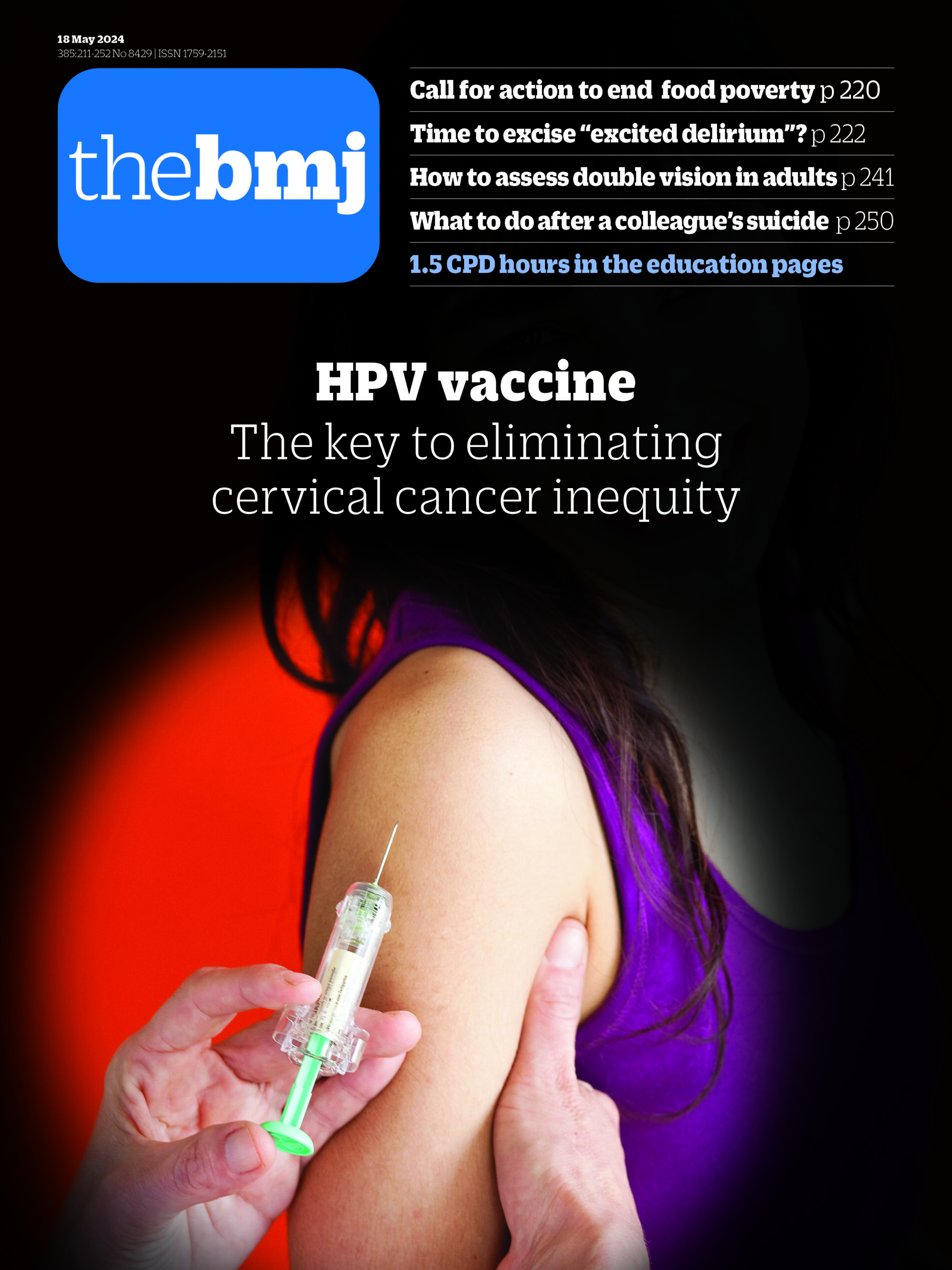Key takeaways:
- Patients with prior stroke vs. MI were less likely to have LDL and blood pressure control, among other risk prevention variables.
- Neighborhood deprivation appeared to influence this association.
Patients with stroke history had significantly poorer CV prevention profiles compared with patients with history of MI, with pronounced disparities based on race and neighborhood deprivation status, according to study results.
“Despite stroke and myocardial infarction survivors sharing similar cardiovascular risk profiles, our analysis reveals that patients with stroke have consistently worse risk factor control compared with patients with myocardial infarction across several risk vascular targets, including blood pressure and low-density lipoprotein control, as well as statin and antiplatelet use,” Cyprien A. Rivier, MD, MSc, a postdoctoral fellow in the department of neurology at Yale University School of Medicine, and colleagues wrote.

Researchers performed a cross-sectional analysis, with results published in Journal of the American Heart Association, with data from 14,760 patients (72% men; mean age, 61.2 years) from the UK Biobank — including 9,193 who had a history of MI and 5,567 with a history of stroke — and 7,315 patients (49.2% men; mean age, 64.24 years) from the All of Us (AoU) Research Program in the United States, including 4,367 with a history of MI and 2,948 with a history of stroke.
Researchers evaluated CV prevention scores based on LDL control, BP control, statin use and antiplatelet use. Patients who met three or four criteria — including LDL less than 100 mg/dL and BP less than 140/90 mm Hg — had “good” CV prevention profiles, and those who met fewer than three had “insufficient” prevention profiles.
In the UK Biobank cohort, patients with stroke were significantly less likely to have good CV prevention profiles compared with patients with MI (OR = 0.42; 95% CI, 0.39-0.45). Among individual variables, those with a history of stroke appeared consistently less likely to have LDL control (OR = 0.73; 95% CI, 0.68-0.78), BP control (OR = 0.63; 95% CI, 0.59-0.68), statin use (OR = 0.45; 95% CI, 0.42-0.48) and antiplatelet therapy use (OR = 0.3; 95% CI, 0.27-0.32).
Researchers noted similar patterns using data from the AoU cohort (P < .05 for all), with subgroup analyses showing a noticeable difference based on race. Among patients with MI, white patients had a higher control rate than Black patients (65% vs. 43%), but the rate was much closer among patients with stroke (47% vs. 45%).
Additionally, the lower odds of patients with stroke vs. MI achieving good CV prevention scores appeared more pronounced among white patients (OR = 0.51; 95% CI, 0.45-0.58) compared with Black patients (OR = 0.72; 95% CI, 0.59-0.88).
The researchers also compared CV prevention scores based on participants’ neighborhood deprivation level, which was calculated according to mean income and the prevalence of vacant housing, poverty, high school education, health insurance coverage and assisted income.
Overall, researchers found that neighborhood deprivation may have influenced the odds of having good CV prevention scores among patients with stroke vs. MI, with those with stroke history appearing significantly less likely to achieve good CV prevention scores than patients with MI history in privileged (OR = 0.44; 95% CI, 0.36-0.53) and deprived neighborhoods (OR = 0.64; 95% CI, 0.53-0.77).
“The study highlights a significant gap in secondary prevention for stroke survivors, critical for preventing recurrent vascular events,” the researchers wrote. “There may be opportunities to understand facilitating elements that are helpful for survivors of myocardial infarction that may not be present for stroke survivors.”









